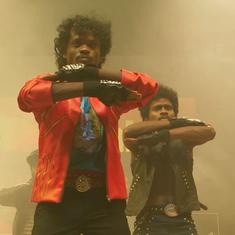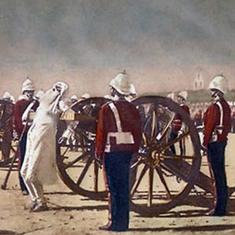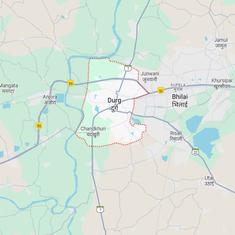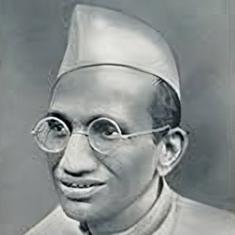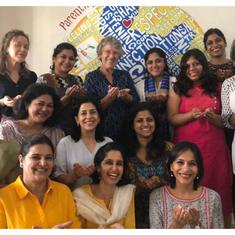Sri Lanka: New Cabinet appointed by President Gotabaya Rajapaksa
The entire Cabinet, except the president and the prime minister, had resigned from their positions on April 3 amid an unprecedented economic crisis.

Sri Lankan President Gotabaya Rajapaksa on Monday appointed a new Cabinet amid widespread protestors demanding his resignation over the economic crisis in the country, reported The Hindu.
Sri Lanka’s entire Cabinet, except Gotabaya Rajapaksa and his brother, Prime Minister Mahinda Rajapaksa, had resigned from their positions on April 3.
The decision came with the island nation being mired in huge public debt over the last few months. Amid a decline in the country’s foreign currency reserves, Sri Lankans are facing shortages of medicines, milk powder, cooking gas, kerosene and other essential items.
Large scale protests are being held across the country demanding resignations of the Rajapaksa brothers.
Also read:
The protests in Sri Lanka are a watershed moment and should inspire a push for greater change
The new Cabinet announced on Monday did not include Chamal Rajapaksa, Basil Rajapaksa and Namal Rajapaksa, members of the ruling family. They had earlier held key portfolios. The new Cabinet has 21 members, seven fewer than the earlier one, reported AFP.
Meanwhile, thousands of protestors continued to demonstrate at Colombo’s Galle Face neighbourhood. Citizens also protested in other parts of the country, including Badulla and Galle districts and Jaffna city.
On March 31, protestors had attempted to storm Gotabaya Rajapaksa’s home in Colombo, leading to clashes with the police.
A day later on April 1, the Sri Lankan government had declared a state of emergency. Imposing emergency had given Rajapaksa sweeping powers to detain demonstrators and seize property, but protests seeking his dismissal had continued despite the order.
On April 5, the president had revoked the emergency hours after his ruling coalition lost the majority in Parliament.
Forty-one legislators had quit Rajapaksa’s alliance. With this, Rajapaksa’s government had fewer than 113 members, which is needed to maintain a majority in the 225-member House.
After quitting the alliance, Sri Lanka Freedom Party leader Maithripala Sirisena had said he was on the side of the people.
Economic crisis
This is Sri Lanka’s worst economic meltdown since it gained independence from Britain in 1948.
Authorities have imposed 13-hour daily power cuts due to a shortage of fuel to operate power plants.
On Sunday, state-run petroleum corporation had began rationing fuel – one the many commodities in shortage in the island nation.
Hundreds of bakeries in the country have shut down because of lack of cooking gas. Several state-run hospitals have stopped conducting surgeries and a state of public health emergency has been declared.
The government has also indefinitely postponed school examinations for Classes 9, 10 and 11 because it does not have stocks on which to print question papers.
Last week, Sri Lanka had said it would default on its entire external debt worth $51 billion (over Rs 3.88 lakh crore) till it receives a bailout from the International Monetary Fund. A country’s external debt pertains to the money borrowed by it from foreign lenders through commercial banks, governments or international financial institutions.

